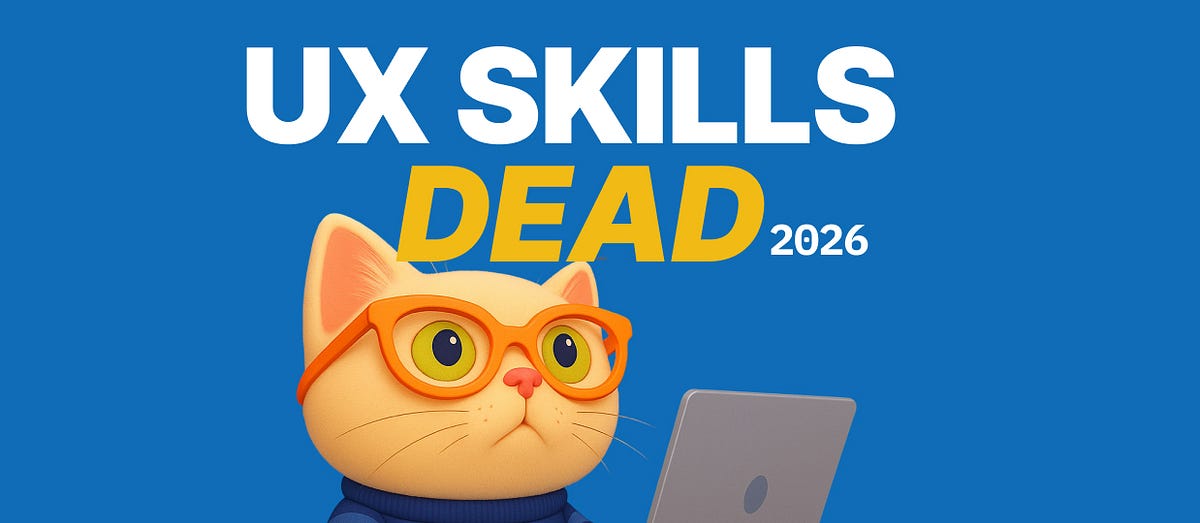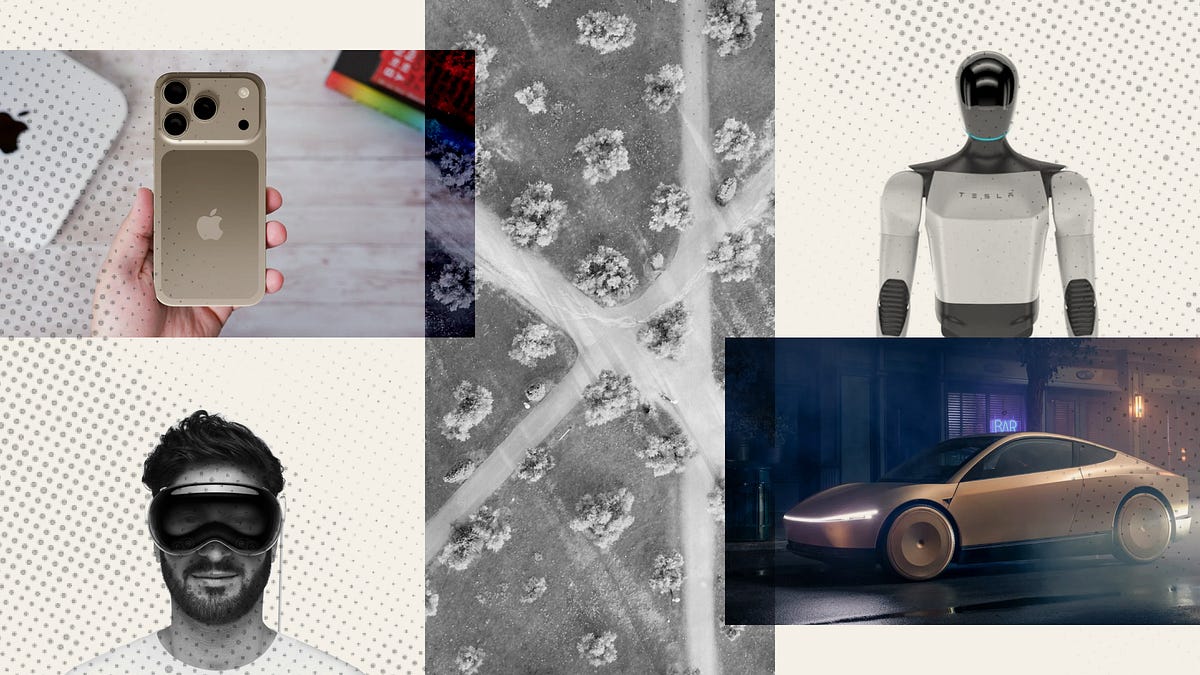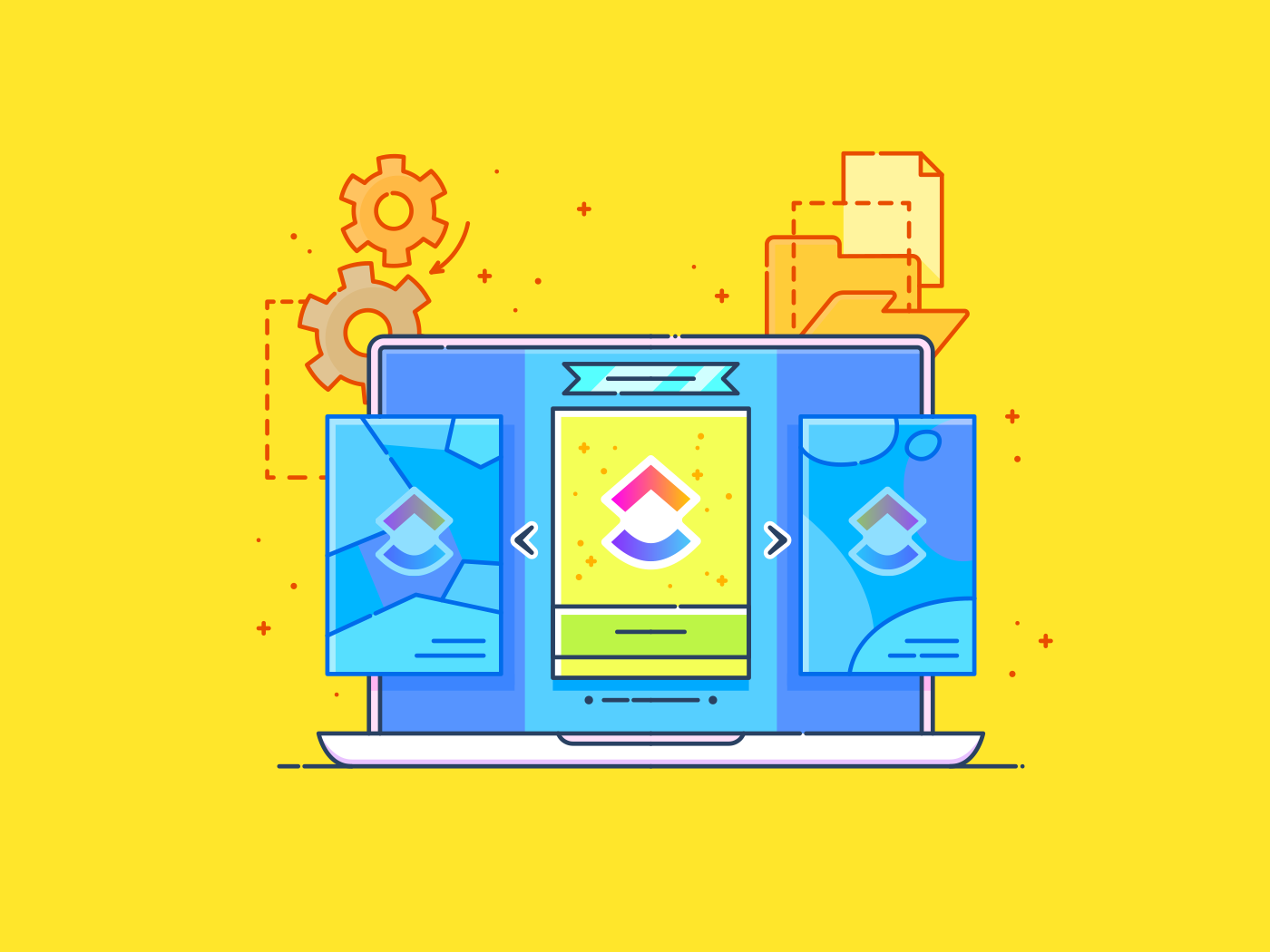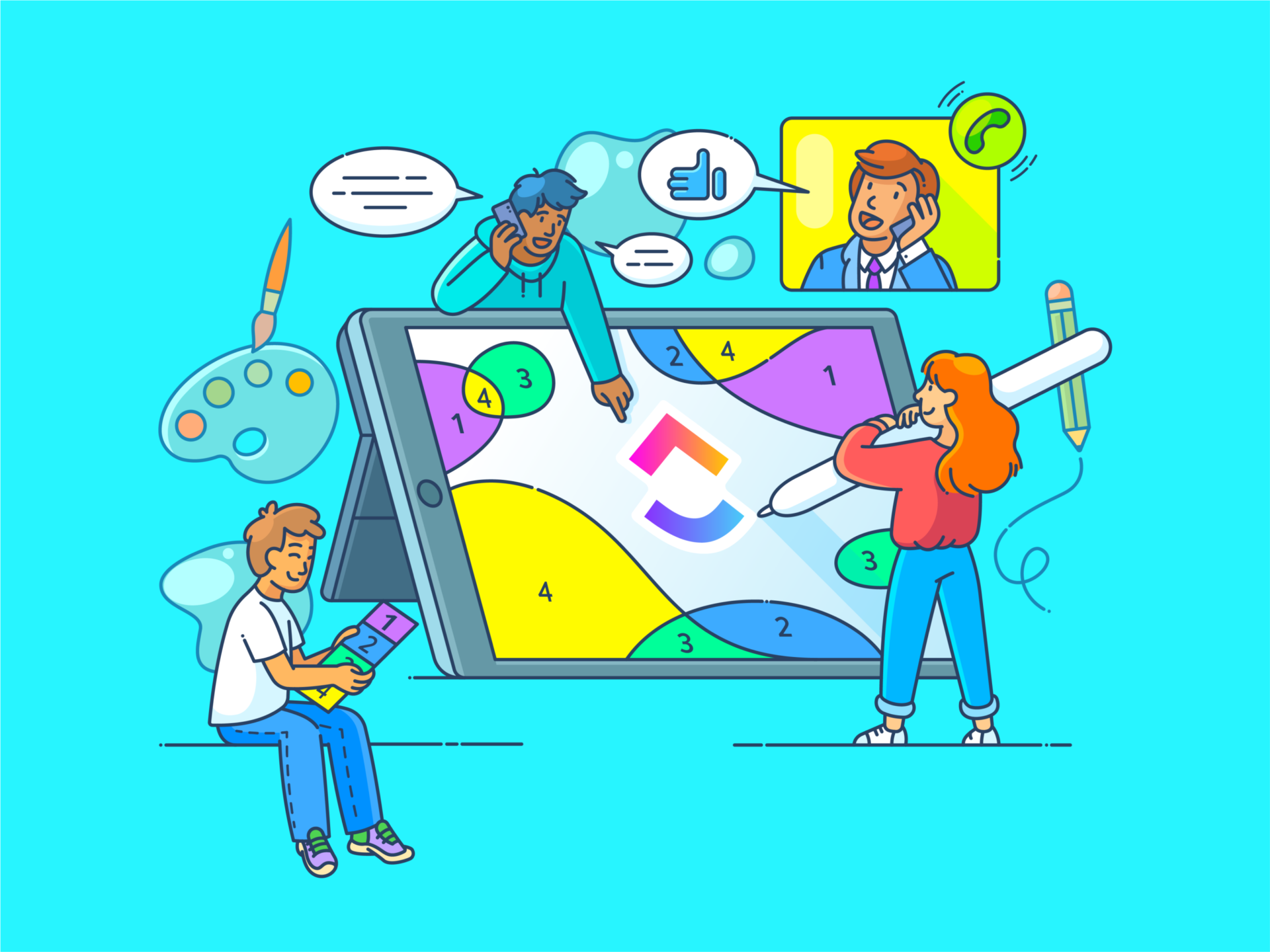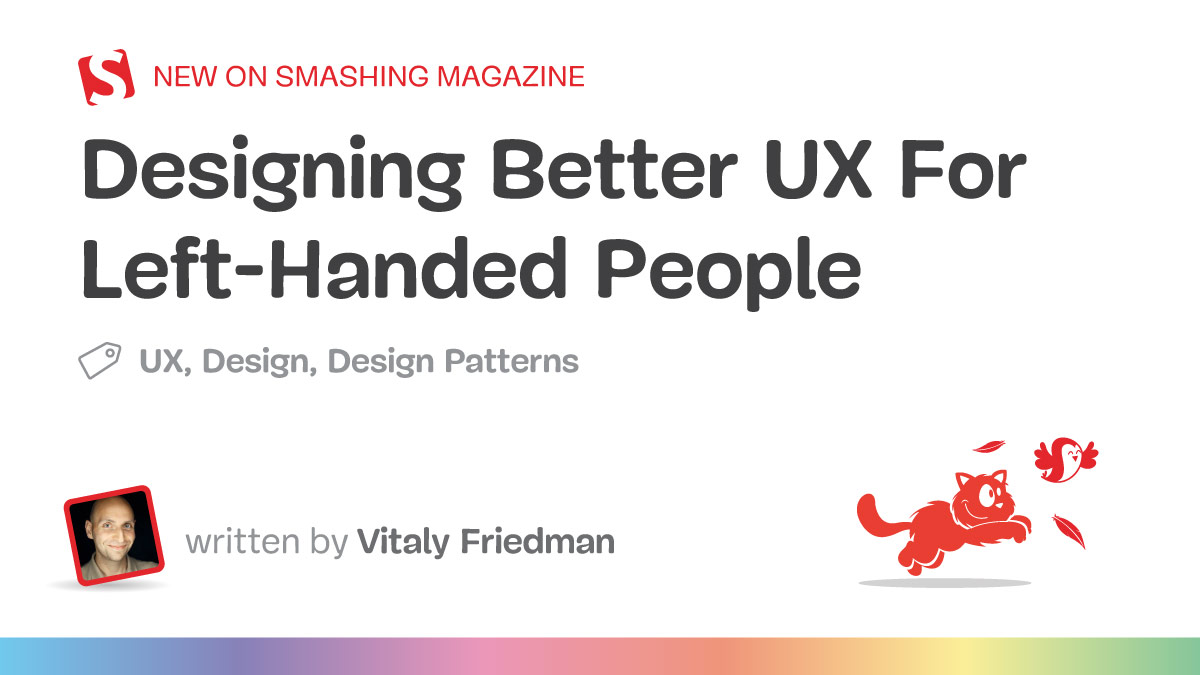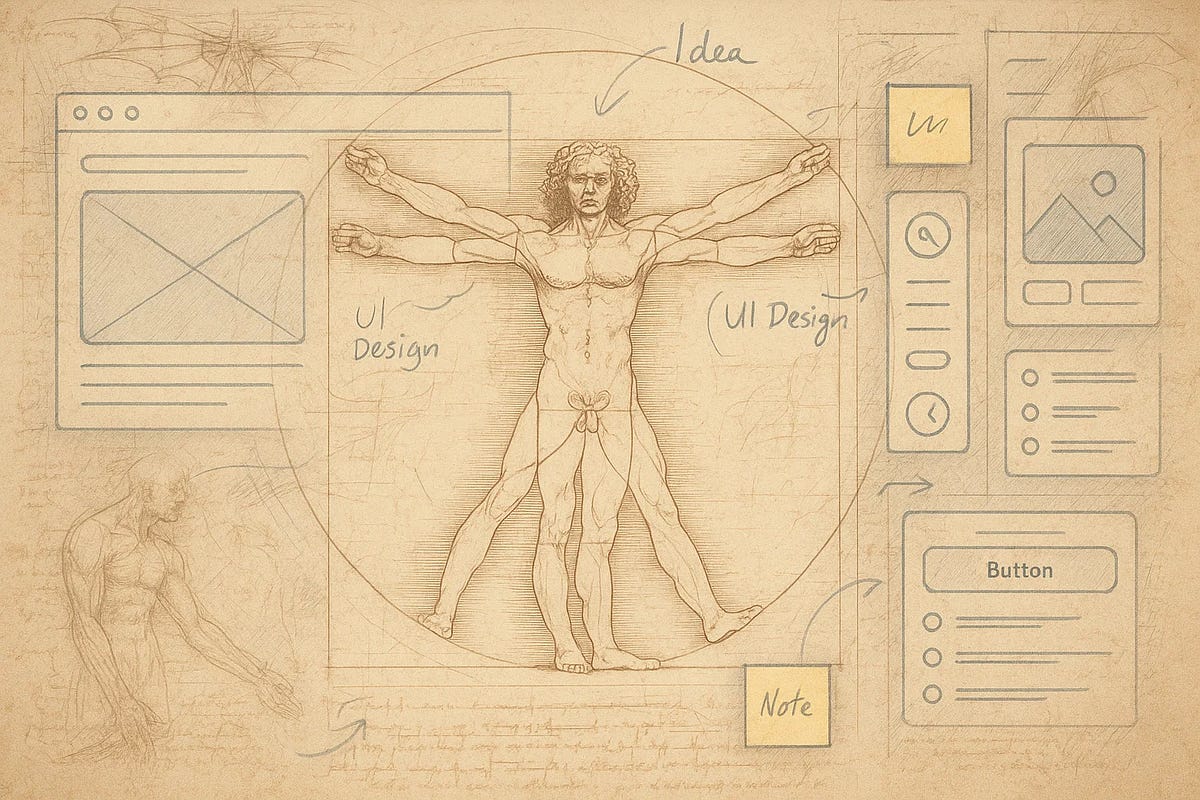#ux-design
#ux-design
[ follow ]
#user-experience #user-research #minimalism #ai-in-design #creativity #product-design #accessibility
fromFast Company
6 days agoNew AI browsers could usher in a web where agents do our bidding-eventually
Using the internet with the help of an AI is a real thing-and it became even more real Tuesday when OpenAI, the generative AI industry's de facto avatar, announced the release of its new ChatGPT Atlas browser. A new race has begun to reinvent the Chrome-style browser experience we've used for so long: The race to reinvent the browser around natural language AI.
Artificial intelligence
fromMedium
2 weeks agoHow to keep design strategic when you're suddenly in a startup environment
"What am I supposed to do if my company pivots like 4 times a year?" a Lead Designer asked me recently. It's a question that captures the current reality of design work. While the job market remains challenging, designers who are still employed face a different pressure: businesses are demanding faster output with smaller teams. Many designers find themselves forced into startup environments, not by choice. 0A combination of AI tools and layoffs has reduced mid-size companies to skeleton crews that must operate at startup speed.
UX design
fromClickUp
1 week agoFree Miro User Flow Templates to Streamline UX Design | ClickUp
A product team once spent weeks debating why their new signup process wasn't working. The forms looked simple, the copy was clear, and the buttons were exactly where they thought users wanted them. But when they mapped out the steps a customer actually took, they saw the problem: users were bouncing midway because the journey was cluttered with extra clicks. 🫤
UX design
fromDoc
2 weeks agoThe UX butterfly effect
Each minute, millions of teens scroll through videos on social media platforms. These platforms are designed to connect people, but their overuse among young users is leading to serious, unintended consequences. The impact of social media on teen mental health has received significant media attention. After Facebook became available to American college students, their rates of depression rose by 7% and anxiety by 20%.
UX design
fromMedium
1 month agoThe End of the User Interface?
The future of the human experience with digital products necessarily depends on the relationship we will have with information - whether predicted or post-dicted. The use of Artificial Intelligence (AI) and, soon, quantum computing, will dictate the evolution of the digital environment we live in and, consequently, the evolution of human beings themselves over the coming decades - or perhaps the next century.
UX design
fromMedium
1 month agoHero-centered design for meaningful products
Seeing your life as a Hero's Journey can make you happier, more resilient, and more fulfilled. But these same principles can also transform your digital products, helping you create more motivating and meaningful user experiences. In this article, I'll share insights from a recent paper on the psychology of the Hero's Journey. I'll explain what it is, guide you through a simple exercise to help you experience its psychological effects, and explore how you might heroify your own digital products.
UX design
fromuxdesign.cc
1 month agoTake your pleasure seriously: why joy sustains serious work
Recently, I was asked to work on a platform for an industry facing real headwinds. Layoffs and overwork have left many people drained, and the question from the client was simple but profound: can design ease some of that mental burden for the people using our platform? Not with gimmicks or forced fun, but with subtle sparks of relief. When we talk about ease, two factors consistently emerge in both psychology and design research:
UX design
fromSmashing Magazine
1 month agoFrom Data To Decisions: UX Strategies For Real-Time Dashboards - Smashing Magazine
Real-time dashboards are decision assistants, not passive displays. In environments like fleet management, healthcare, and operations, the cost of a delay or misstep is high. Karan Rawal explores strategic UX patterns that shorten time-to-decision, reduce cognitive overload, and make live systems trustworthy. I once worked with a fleet operations team that monitored dozens of vehicles in multiple cities. Their dashboard showed fuel consumption, live GPS locations, and real-time driver updates.
UX design
fromLogRocket Blog
1 month agoStop writing PRDs for AI - start using prompt sets instead - LogRocket Blog
UX designers frequently work in ambiguous spaces, most notably the discovery phase. We collaborate closely with product managers to identify new problems, understand users' goals and frustrations, and strategically develop solutions to address their needs. However, the best solutions aren't always straightforward, and with AI being embedded in every new product and feature, it makes things a bit more challenging. Just as we get comfortable using AI, something changes or evolves. This makes AI features unpredictable and difficult to document requirements for.
UX design
Startup companies
fromAol
2 months agoI quit my six-figure Big Tech job to start a business and earned back my income 2 years later. Here's what I wish I'd known sooner.
Aliena Cai left eBay to build Fast Track UX, grew revenue back to six figures, learned to market proactively, outsource, value services, and manage time.
fromBusiness Insider
2 months agoI quit my six-figure Big Tech job to start a business and earned back my income 2 years later. Here's what I wish I'd known sooner.
When I felt I was making a solid revenue from YouTube ads and sponsorships, I quit my six-figure tech job at eBay and went all in on my long-term goal. I wanted to create my education program called Fast Track UX - an online course. In the two years since then, I've built a strong clientele and grown my income back to six figures,
UX design
fromMedium
2 months agoWhy it's so hard to talk about preventing loss of trust with design
"Maintaining user trust matters a ton, especially in the age of AI. Whether you're in a highly regulated industry like FinTech or working B2B/SaaS, choices that erode user trust aren't just a UX problem: it's a business issue that costs companies millions."
UX design
[ Load more ]


